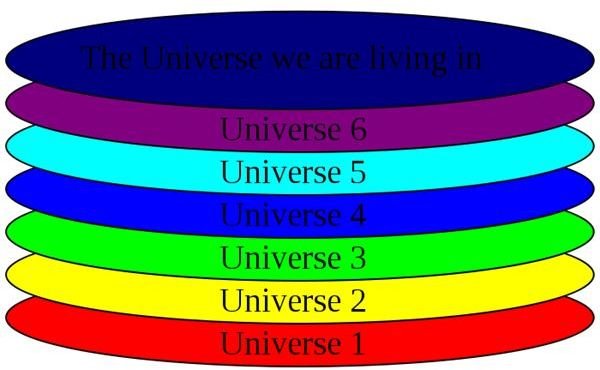The Multiverse Theory: Stranger Than Science Fiction!
What is a Multiverse?
The idea of a multiverse, or meta-universe, has intrigued many physicists and astronomers for years. It is a hypothetical cosmos that contains numerous universes, including the one we live in. The fact that our universe is one of many universes is really very fascinating and seems more like science fiction than reality. However, there are many competing concepts that try to explain the properties and structure of the meta-universe and nature of each universe within it.
The term “multiverse” was first coined by William James in 1895. Today, the idea of multiple universes has been associated with quantum physics, cosmology, astronomy, science fiction, philosophy and fantasy.
The Multiverse Theory in Ancient Texts
While many theories have been proposed to explain the very nature of multiple universes, the concept is not new. There are some ancient texts that discuss the idea of countless universes. Ancient Puranas of Hindu cosmology argue that there are infinite universes, each with its own planets, inhabitants and gods. The ancient Sanskrit texts also reveal that the universes are bubble-shaped and clustered together, however a universe cannot interact with other universes because it is protected by a huge shell.
The fact that the ancient multiverse theory roughly agree with some of the current theories is very intriguing. Let’s take a look at some of the modern theories that may help us to understand more about multiple universes.
Fascinating Multiverse Theories
Proponents suggested a number of arguments to support the existence of possible multiple universes. Here are few intriguing theories that are stranger than any science fiction novel.
Bubble Theory:
First introduced by Andrei Linde, the theory assumes that our universe as well as numerous other universes was formed from a “bubble” of a “parent universe”. According to the theory, due to quantum fluctuations, the bubble or “foam” created many other small “bubbles”, which later inflated into universes. These universes can have their own set of physical laws and constants different from ours. Some might have life forms unique from ours whereas others might have life forms beyond our imagination. This theory is popularly known as Chaotic Inflation Theory and is considered as a variety of the inflationary universe model.
Many Worlds Interpretation:
Hugh Everett’s many-world interpretation (MWI) is as fascinating as a sci-fi movie. It is a theory within quantum mechanics. According to MWI, the universe contains certain random or non-deterministic events, which the theory assumes to be fully deterministic. If a 6-sided die is thrown, the event is completely random as you cannot predict the result. But, according to the theory, the universe will split itself into six different versions, each containing a different outcome. Therefore, one universe will have a die with the number 5, another with 4 and so on…
To be precise, the MWI assumes that there is only one universe, but it splits into “many worlds” or universes to determine each outcome for non-deterministic events. However, these universes cannot interact with each other. It is said that truth is stranger than fiction. Well, the MWI certainly fits the phrase.
M-theory:
This multiverse theory unifies different versions of the string theory put forward by researchers. Proponents of the M-theory suggest that infinitely small building blocks called strings are in fact one dimensional parts of a two dimensional membrane in an eleven dimension space. Numerous universes (including ours) are created by conflicts between these membranes. This theory was suggested by Edward Witten and few other key researchers in the mid-90s. Much has to be proven in M-theory, but it has been given a thumbs-up by different cosmologists, including Stephen Hawking.
There are many concepts and serious theories such as the Tegmark’s classification of parallel universes–a set of famous theories which share the same idea that there are universes beyond the observable one. Tegmark’s classification divides these theories into 4 levels to make a clear and detailed description about parallel universes. Other theories such as open multiverse and String Landscape are quite thought-provoking, but the above three are some of the strangest theories about multiple universes and more perplexing than any science fiction movie or novel!
(image, above, left: a diagram depicting the bubble universe theory. Universes 1 to 6 are different bubbles with physical constants different from our universe. Our universe is just one of these bubbles. Source: Wikipedia)
References
https://www.astrosciences.info/Multiverse.htm
https://www.daviddarling.info/encyclopedia/M/multiverse.html
https://en.wikipedia.org/wiki/Multiverse
https://en.wikipedia.org/wiki/Bubble_theory
https://en.wikipedia.org/wiki/M-theory_(simplified_explanation)
